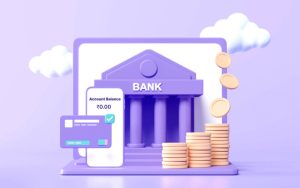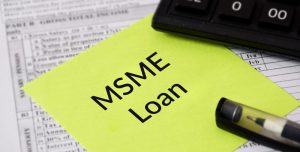What Is FD, and How Does it Work?

An FD (Fixed Deposit) offers safety, reliability, and rewards in its features, hence aiding the savings process. FDs are ideal for those looking for a safe and stable way to grow their savings over time.
But how exactly do they work? Let’s dive into the details.
Understanding FDs
FD, acronym for Fixed Deposit, is a popular and low-risk method to grow your savings. It’s like placing your money in a secure vault that steadily earns you returns over time. You deposit a specified sum with a bank or financial institution for a specified tenure, earning interest on the same.
Unlike a Savings Account which offers comparatively lower interest rates, the interest rate in an FD is fixed-interest, higher in comparison. Even better, any fluctuations in the market will never affect your return.
Features of an FD
Imagine you have some funds that you don’t need right away. Instead of letting them sit idle in your account, you decide to invest them in an FD. Here’s what happens next:
You can choose an amount you wish to invest
Set the amount you want to invest. There is usually a minimum deposit, which may vary. Moreover, you also select a tenure which is the period for which your money will be locked. It can vary anywhere between seven days to ten years.
Take interest into consideration
Once the amount and period have been locked in, the bank will declare an interest rate for you. The longer the tenure, the higher the interest rate will be.
Maturity period/extinction of FD
At the expiration of the chosen tenure, you reclaim your principal sum along with the interest accrued. You have the option to either reinvest or spend according to your wish.
Why should you invest in an FD?
So now you may be wondering why you should opt for an FD? Here is the reason why many people prefer it:
- Risk-free: FDs are considered one of the safest investment options that offer guaranteed returns and are not impacted by market fluctuations.
- Guaranteed returns: Since the interest rate is fixed, you know what to expect in terms of returns.
- Flexible tenure: You can choose a duration that suits your financial goals.
- Loan facility: Most banks and financial institutions offer the option to take a loan against your FD. This provides you with liquidity without breaking the deposit.
- Easy withdrawal options: FDs offer the flexibility of premature withdrawal. However, an early withdrawal could mean some penalty, but you can still liquidate your FD.
Things to consider before opening an FD
- Withdrawing your FD before maturity could lead to a penalty and a loss of some interest.
- Interest earned on FDs is taxable, so factor in the tax liability while planning your returns.
- While FDs offer guaranteed returns, there are times when the interest may not outpace inflation, potentially affecting your purchasing power.
How can I open an FD account?
These days, opening an FD is pretty easy. You may prefer to go online or visit a branch. Here are the requirements:
- Proof of identity and address- Aadhar, passport, or any accepted ID.
- A savings account- usually you will be required to have an account with the bank.
- The deposit amount – Decide what amount you want to invest and for how long
Conclusion
FDs are probably one of the safest ways to earn interest on your savings. Whether for a short-term goal or especially one to securely park your money, it offers an excellent choice. Just choose the right tenure, account for taxes, and you are all set!






